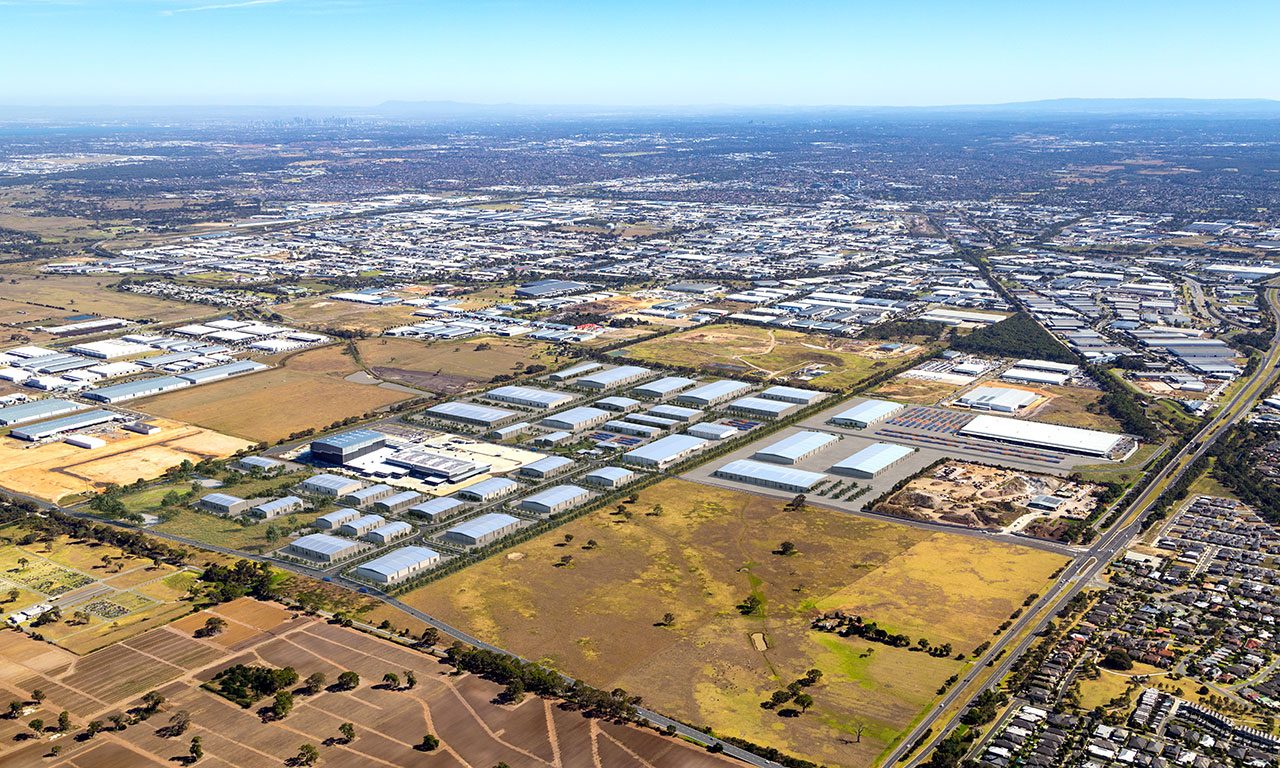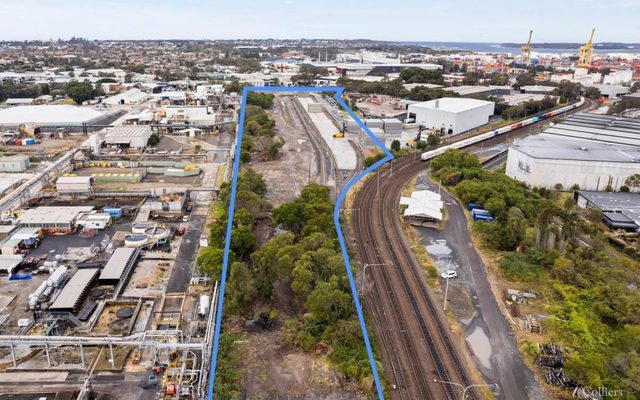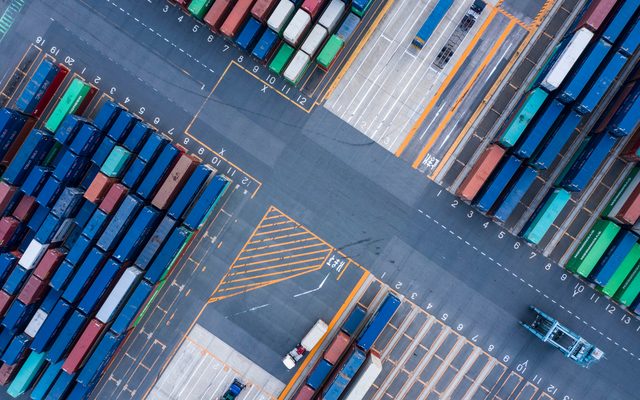This article is from the Australian Property Journal archive
SALTA Properties and the Victorian government has agreed to jointly fund the Dandenong South Intermodal Terminal, to be built on Salta’s Nexus Dandenong South Intermodal Estate where it anticipates new development will exceed $1 billion in value over the next three to five years.
The federal and state governments will jointly invest $28 million on government owned land to connect rail to Salta’s site boundary, alleviating pressure on the Port of Melbourne by the order of thousands of freight containers.
Salta will invest more than $50 million to construct the what will become Melbourne’s biggest intermodal terminal. The developer has spent over $200 million on infrastructure works in anticipation of the deal, including land and road works.
The terminal will have expansive storage facilities for both empty and full containers, consisting of 110,000 sqm of hard stand and with the ability for two additional rail spurs within the terminal to service increased demand.
Nexus Dandenong South is home to Woolworths’ $215 million Melbourne south regional distribution centre, Bunnings’ 40,000 sqm regional distribution centre, plus major logistics businesses Visa Global Logistics and Silk Contract Logistics.
Significant capacity exists for additional tenants to co locate at the estate. They will benefit strategically from being adjacent to the Dandenong South Intermodal Terminal.
Work will start early in 2021. the first phase of the project is expected within 24 months, ad will include the laying of 800 metres of rail track and the development of a working apron providing the terminal a capacity to deliver an initial annual throughput of 100,000 TEU.
Operations at the Port of Melbourne are limited by the availability and capacity of trucks to transport freight via road, causing congestion in and around the Port. The new rail freight terminal will provide opportunities for operators to switch freight transport from road to rail.
An initial reduction of over 150 truck trips on the Monash Fwy would be made per day, increasing to in excess of 300 once the terminal is fully operational. Rail linehaul of containers via the terminal will lead to a 63% reduction in fuel consumption and a 66% quantity reduction in carbon dioxide equivalent tonnes emitted for the containers concerned, Salta said.
“We have been working extensively with the state government to get to this point and it is satisfying to know that the facility will be connected directly with the Port of Melbourne,” Salta founding director, Sam Tarascio Snr said.
“This has been a long-term project, where we set out to work with industry and government to provide the best possible inland port infrastructure to Melbourne’s south east, providing an efficient route to market for both importers and exporters.”
City of Greater Dandenong Mayor, Cr Jim Memeti, said the project would benefit local business and industry and provide new employment opportunities for residents across the south east region.
“The many benefits of this project will be recognised for years to come and will provide a welcome boost to our business economy.”
The project is expected to create 1,000 direct construction jobs and 1,800 indirect construction jobs, and 1,600 ongoing direct jobs and 4,500 ongoing indirect jobs operating and supporting the terminal.
Vonda Fenwick, chief executive officer of South East Melbourne Manufacturers’ Alliance said the Inland Port offered a cost-effective alternative to road transport, and benefit the south east by reducing traffic congestion and taking container transport vehicles off the Monash Fwy and arterial roads.




